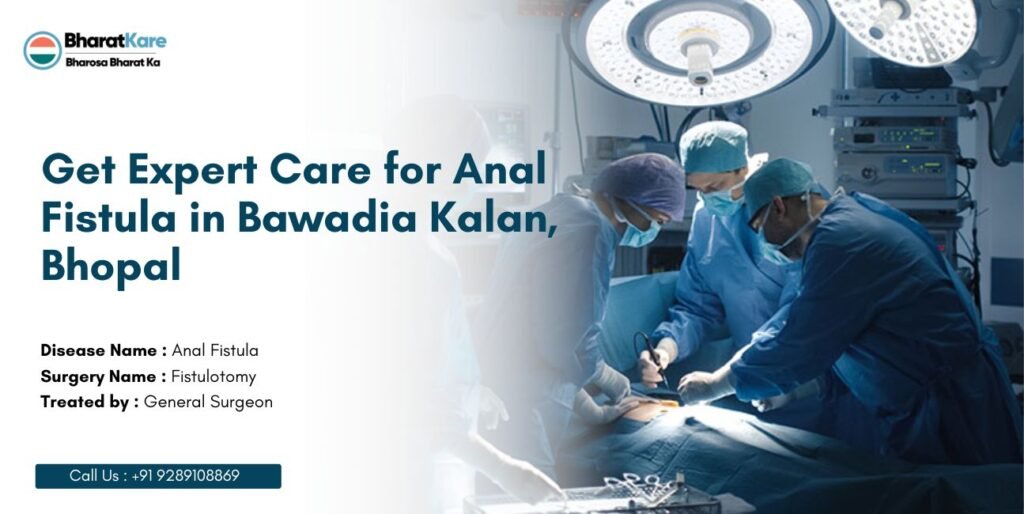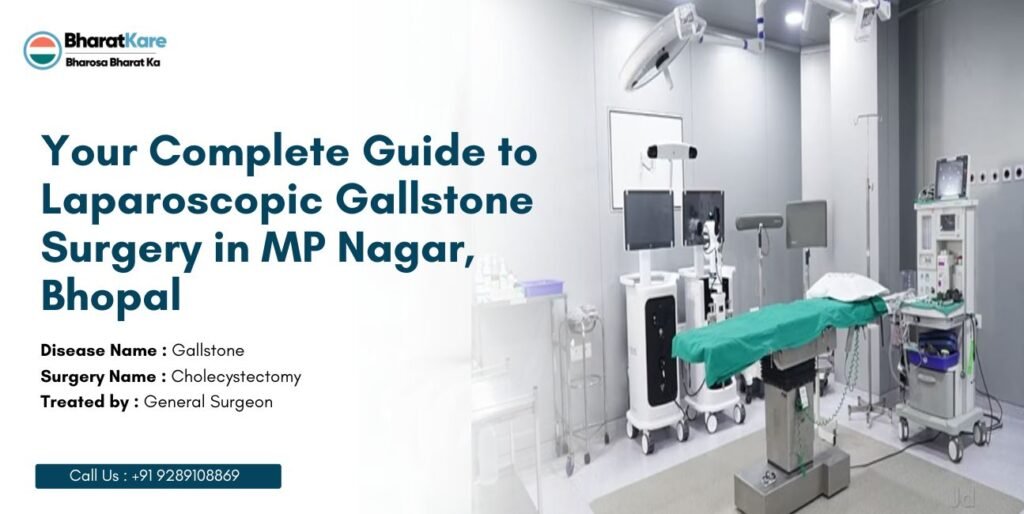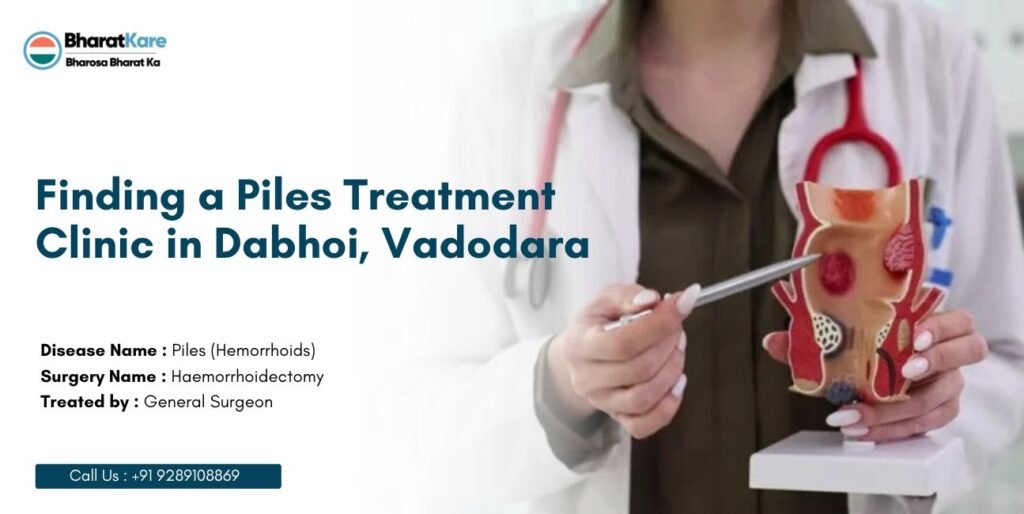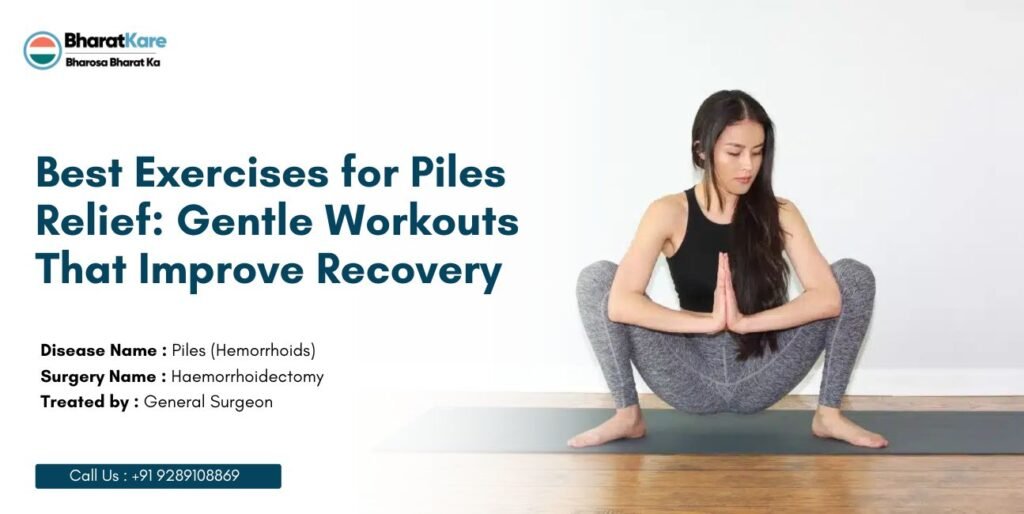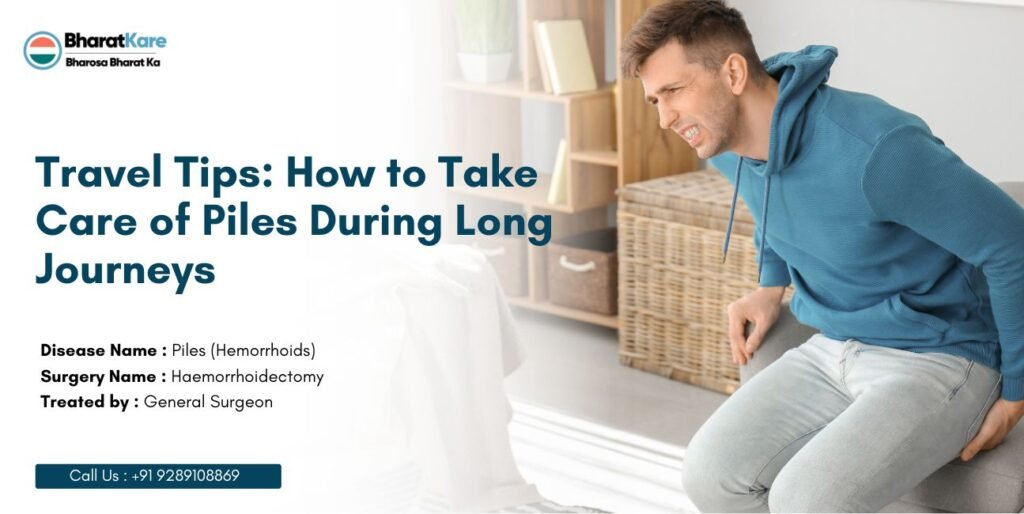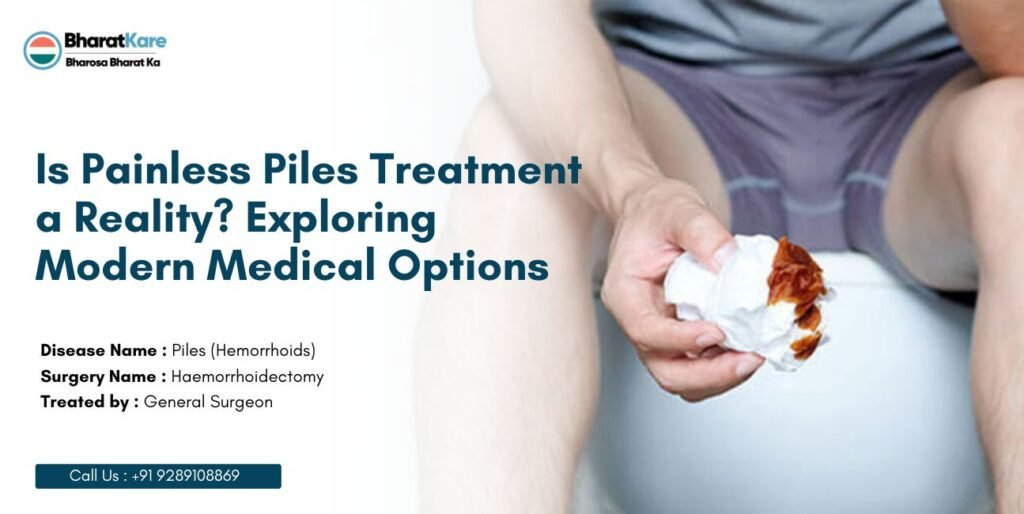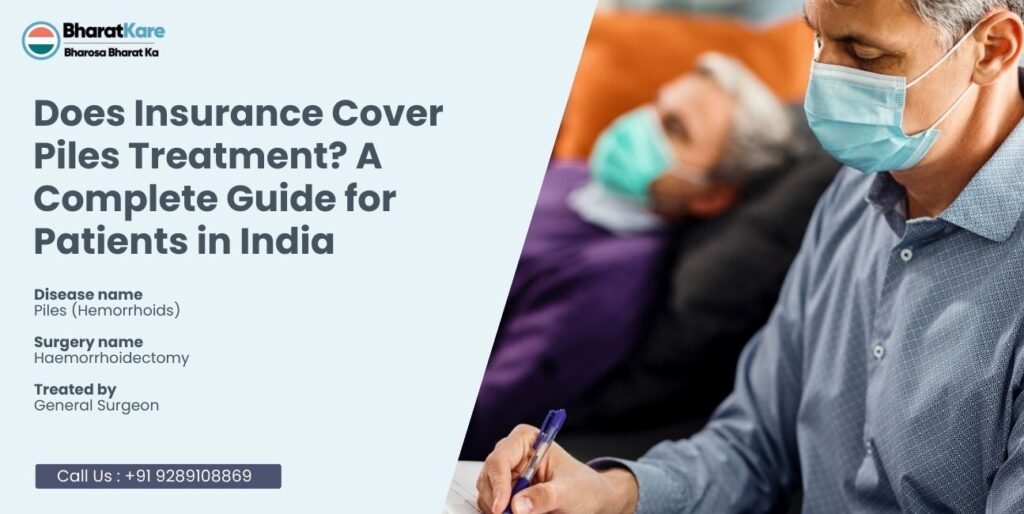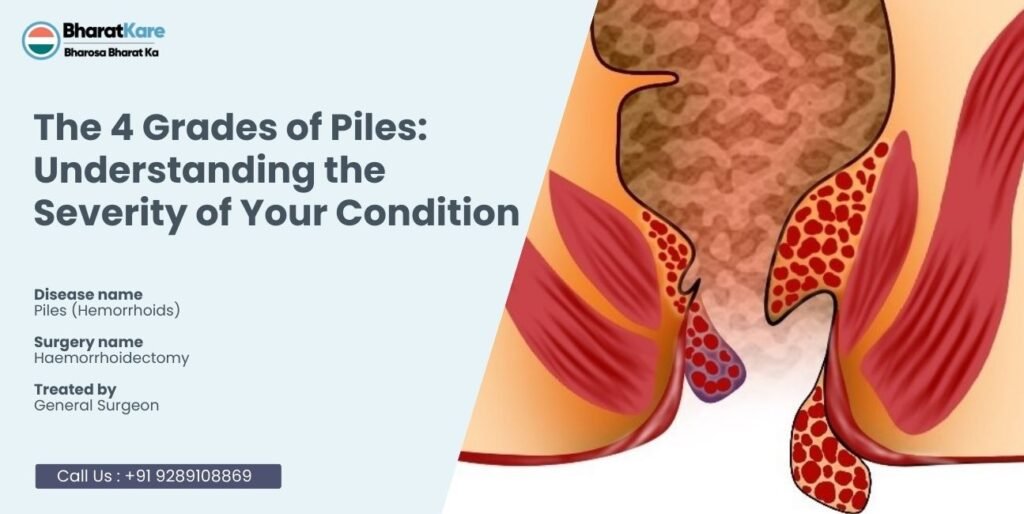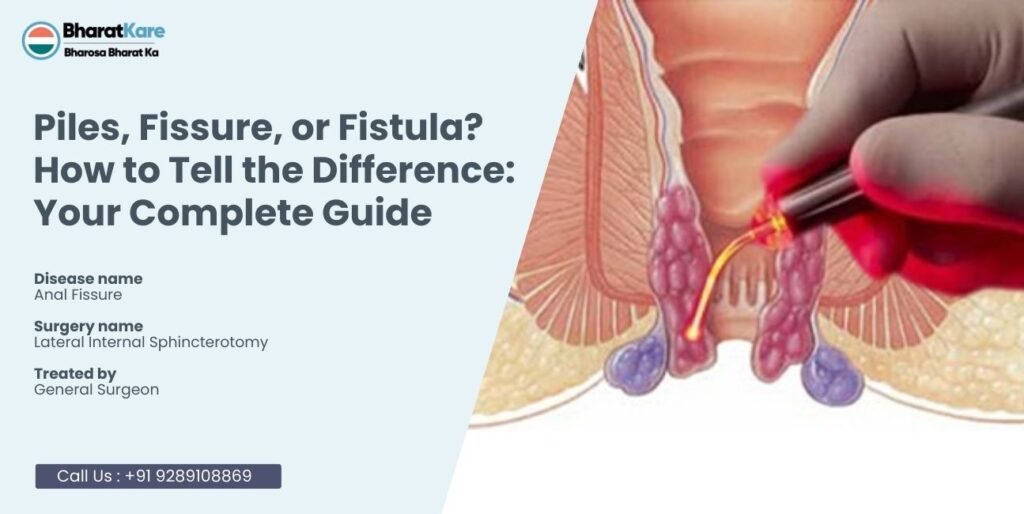Get Expert Care for Anal Fistula in Bawadia Kalan, Bhopal
Home About us Services Proctology Piles Treatment in India Anal Fissure Treatment Anal Fistula Treatment Pilonidal Sinus Surgery Urology Enlarged Prostate Treatment Kidney Stone Laser Treatment Laser Circumcision Treatment Stapler Circumcision Varicocele Surgery General Surgery Diabetic Foot Ulcer Treatment Laparoscopic Hernia Surgery Lipoma Treatment Gallstone Treatment in India Ophthalmology Cataract Surgery LASIK Eye Surgery Gynecology Hymenoplasty Surgery Hysterectomy Treatment Uterine Fibroids Treatment ENT Eardrum Repair Surgery Functional Endoscopic Sinus Surgery Septoplasty Surgery Tonsillectomy Surgery Plastic and Cosmetic Surgery Breast Augmentation Surgery Breast Lift Surgery Breast Reduction Surgery Gynecomastia Surgery Liposuction Treatment Rhinoplasty Surgery Orthopedics ACL Tear Surgery Hip Replacement Surgery Knee Replacement Surgery Vascular Surgery Deep Vein Thrombosis Treatment Laser Treatment for Varicose Veins Oncology Breast Lump Removal Surgery Blogs English Blog Hindi Blog Contact us X Book Free Appointment Get Expert Care for Anal Fistula in Bawadia Kalan, Bhopal Look, I get it. Nobody wants to talk about anal problems. It’s embarrassing. It’s uncomfortable. And honestly? It’s downright painful—both physically and emotionally. But here’s what I’ve learned after two decades in medical writing: staying silent about your symptoms only makes things worse. That nagging discomfort, the drainage that forces you to change underwear multiple times a day, the constant worry about odor—it’s stealing your life one day at a time. Here’s some relief: if you’re dealing with Anal Fistula in Bawadia Kalan, you don’t need to pack bags for Mumbai or Delhi anymore. Quality treatment is available right here, and I’m going to walk you through everything you need to know. Call Us : +91 9289108869 Happy Patients 500 K Disease 98 + Cities 20 + Doctors 40 + What Exactly Is This Thing? An anal fistula is basically a tunnel that shouldn’t exist. Think of it as your body creating a shortcut between the inside of your anal canal and the skin outside. Sounds weird, right? That’s because it is. Most fistulas start with an infected gland inside your anus. This infection creates an abscess—a pocket of pus that needs somewhere to go. Sometimes it drains on its own, sometimes a doctor drains it. Either way, that drainage path can turn into a permanent tunnel. And boom—you’ve got yourself a fistula-in-ano. What causes the initial infection? Could be anything: Sometimes it’s just bad luck with bacteria Crohn’s disease is a major culprit Old surgical scars can be problematic Chronic bathroom issues (we’re talking severe constipation or diarrhea) Rarely, things like TB or other infections The kicker? About half of people who get an anal abscess end up with a fistula later. Knowing this can save you months of wondering “what went wrong?” How Do You Know You Have One? Your body isn’t shy about telling you something’s off. Here’s what people typically experience: Pain that won’t quit: It throbs. It gets worse when you sit or use the bathroom. Some days it’s bearable, other days you’re wondering how you’ll get through work. The drainage situation: This is usually the dead giveaway. You’ll notice discharge—could be clear, could be pus, might have blood. Sometimes it smells bad (let’s just be honest about it). You’ll find yourself buying more underwear than you ever thought necessary. Swelling you can feel: Run your finger near your anus (in private, obviously), and you might feel a tender lump. The skin looks red and angry. Your whole body feels off: Low-grade fever that comes and goes. Tiredness that isn’t explained by lack of sleep. Bathroom troubles: Some people find it harder to control their bowels. Others just dread going because it hurts. Sound familiar? Then it’s time to stop googling and start calling. Getting Expert Care for Anal Fistula in Bawadia Kalan means talking to someone who’s seen this exact situation hundreds of times. Don’t ignore the discomfort—consult a Care for Anal Fistula in Bawadia Kalan. Book your appointment today! Call Now – 9289108869 Why Stay Local for Treatment? I’ve heard every excuse in the book: “The best doctors are in bigger cities.” “Nobody here can handle my case.” “I should go to [insert famous hospital name].” But here’s reality: medical expertise isn’t hoarded in metropolitan areas anymore. When you need treatment for Anal Fistula in Bawadia Kalan, staying close to home actually works in your favor. Think about it practically: Your mom can bring you home-cooked food while you recover (hospital food is terrible everywhere) Follow-up appointments don’t require taking a whole day off If something feels wrong during healing, your doctor is 20 minutes away, not in another city You’re not burning money on hotels and travel Your support system is right there Plus, let’s be real—traveling after anal surgery sounds like torture. Why put yourself through that? What Are Your Treatment Options? Alright, let’s get into the good stuff. How do doctors actually fix this? The Laser Approach (My Personal Favorite to Recommend) Laser treatment for perianal fistula is honestly pretty amazing. The surgeon uses a laser fiber to seal the fistula tract from the inside. The laser energy basically cauterizes everything shut while preserving the muscle that keeps you continent. Why do patients love it? You’re back home the same day Pain is minimal (we’re talking manageable with regular painkillers) Most people return to desk jobs within 3-5 days Your sphincter muscles stay intact (translation: no worrying about accidents) Lower chance of this thing coming back I’ve talked to guys who went back to playing cricket within two weeks. One teacher I know was in her classroom after a week. That’s the kind of recovery we’re talking about with laser fistula surgery. VAAFT – When They Need to See What’s Going On Video-Assisted Anal Fistula Treatment is like giving your surgeon a camera to work with. They can see exactly where the tract goes, any branches it has, and seal everything precisely. Works great for complex cases where the fistula decides to get creative with its path. Old-School Surgery Sometimes the traditional fistulotomy is still the best choice. The surgeon opens up the tract and lets it heal from the
